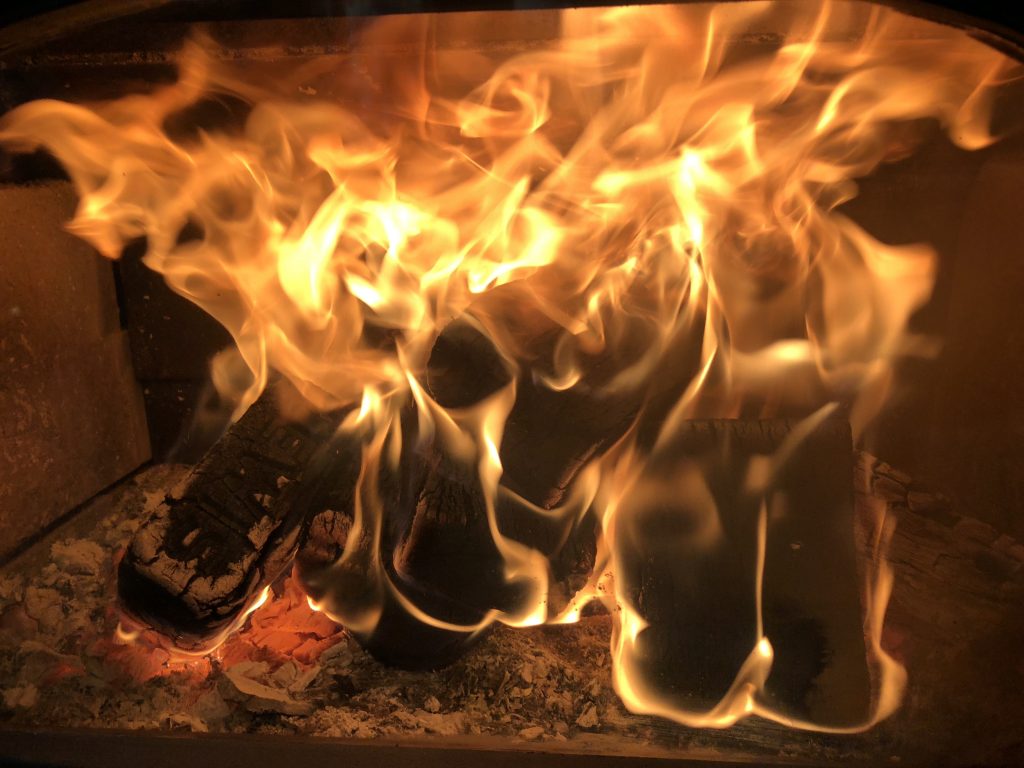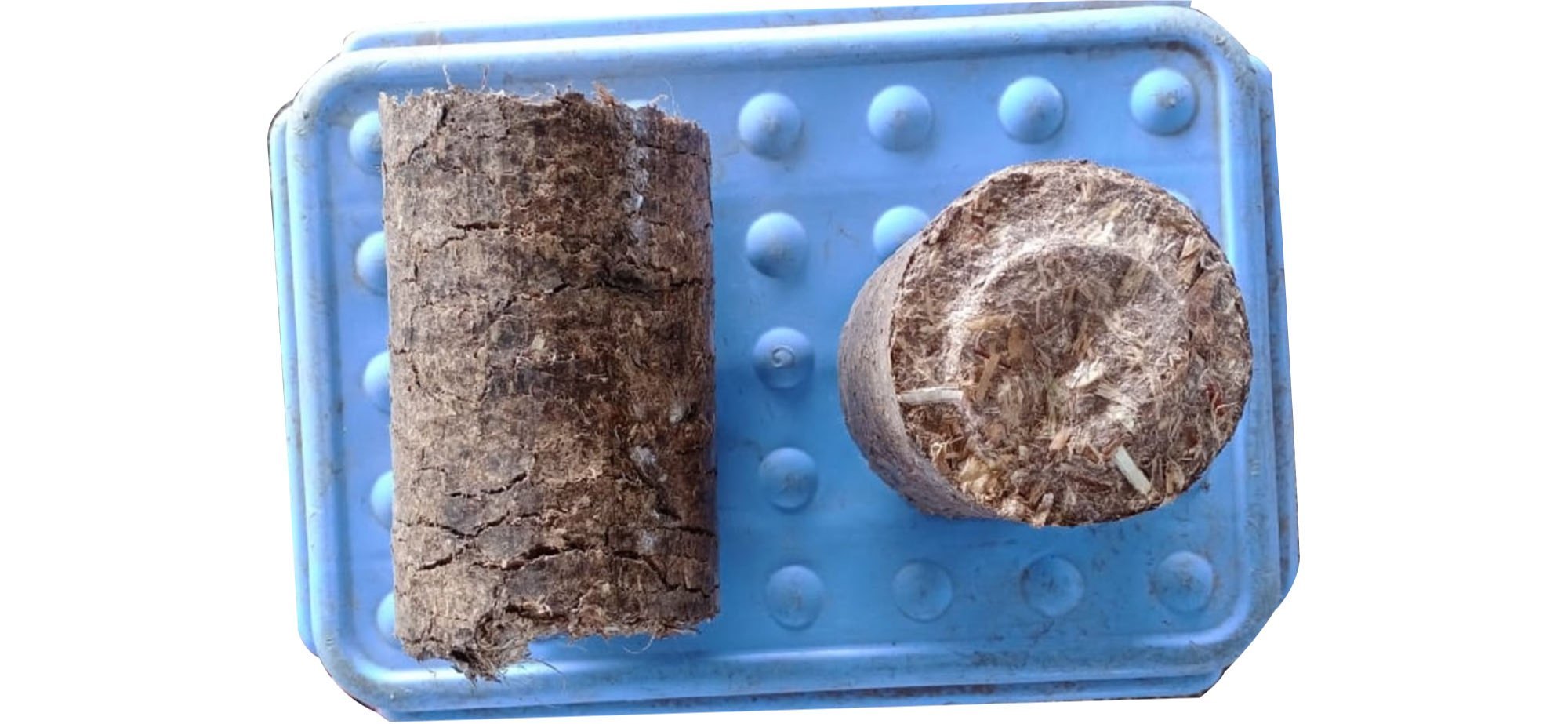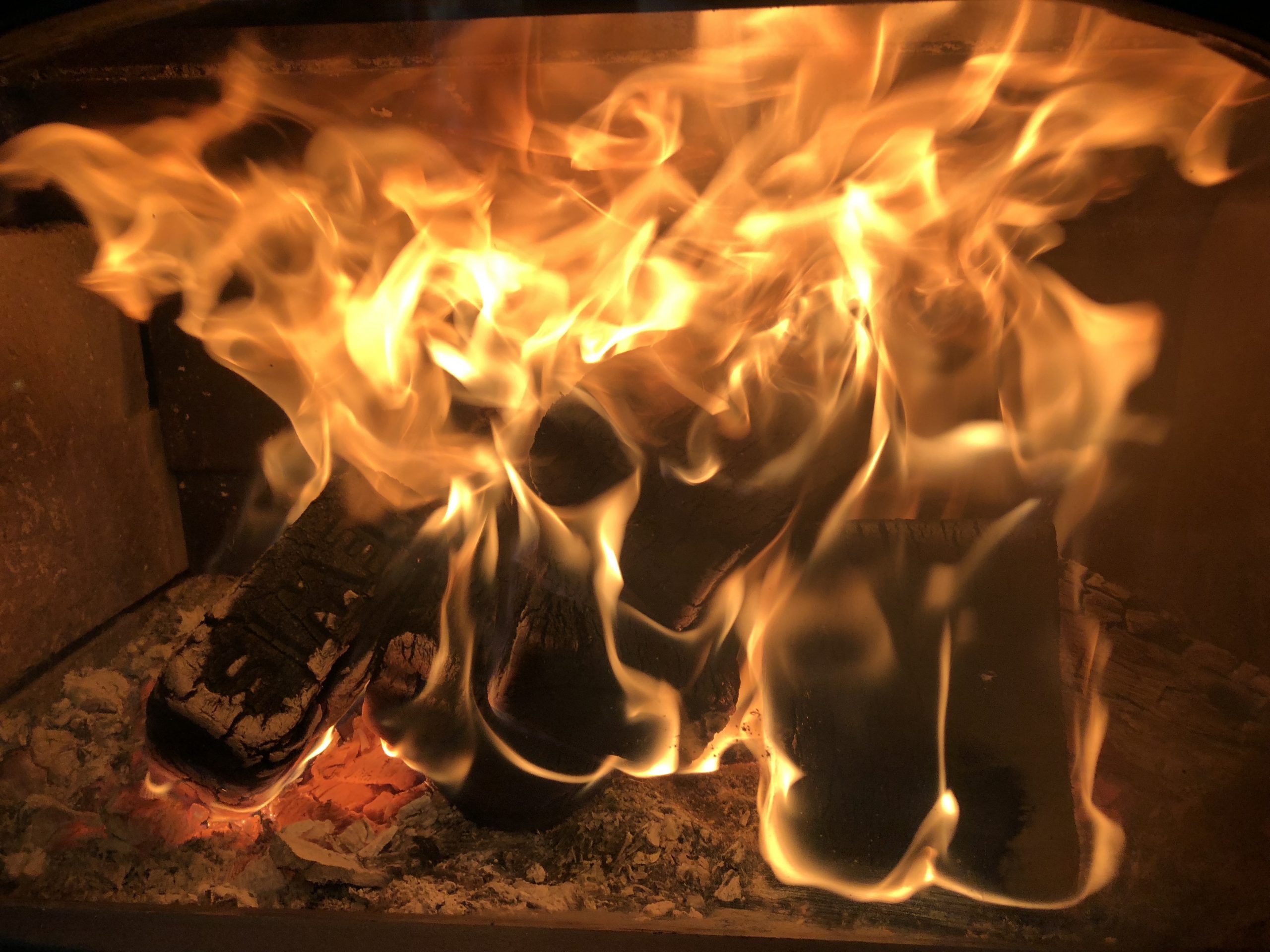
Briquettes and renewable biomass resources: Few points to consider
Because of its cost, availability, and variety in satisfying consumers’ demands, viimsi kütteladu wood is used by the majority of the population for lighting and cooking.
However, while it provides a low-cost method of cooking, warming homes, and generating manufacturing areas, a significant percentage of it is acquired in an environmentally unsustainable manner, resulting in forest degradation. Furthermore, wood is frequently burned in inefficient appliances, resulting in pollutants harmful to human health and the environment.

Fuel briquettes may be able to help with these issues
Briquettes provide a viable alternative to complement the usage of wood as a burner as the country’s wood-dependent population increases while the availability of wood reduces. They’re made by compacting biomass leftovers such as charcoal ash, wood, other wood fragments, or agriculture wastes into a complete team that can be utilized as charcoal or firewood.
A binding agent, such as dirt, mud, or sugar, is applied if the base components do not stick together very well. Briquettes derived from carbonized cellulose are favored for use in the household, while non-carbonized briquettes are primarily employed in the industry.

Briquettes provide a marketing opportunity for small businesses
Manufacturers and supply chain partners may make a lot of money by manufacturing and selling briquettes. The cooking and heating fuel industry has enormous potential, and establishing a briquette manufacturing company is not difficult. Furthermore, the market is highly fragmented, and there are no significant, established briquette enterprises that have a monopoly.
The manufacturing of briquettes can be financially rewarding
Briquette production necessitates the use of machinery, which is relatively inexpensive but difficult to come by. However, once the company is up and running, profit can be generated. Researchers claim that using pre-carbonized garbage saves money because carbonization is expensive. With an emphasis on improving (by sifting and separating for optimum purity) and focused, niche advertising; he believes there is significant financial potential.
